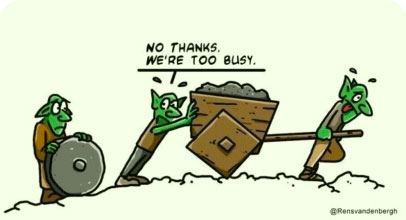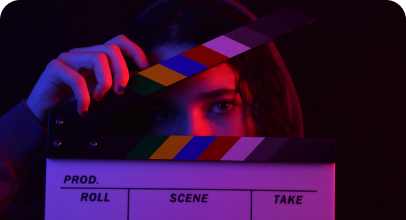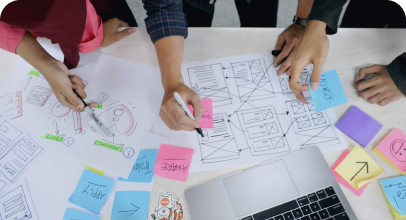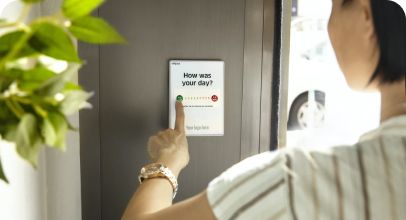
Would you agree that the first Retro on your project is very important for setting up the right direction of inspection & adaptation and start building the team spirit.
There’re quite a few things you’d probably like to plan for your first retro. We’ve gathered first retro objectives, best practices and gaming techniques. Just pick up those you feel your team needs or risk to take them all and still have your retro within a time box.
Let’s look at the objectives that you might need to include into your first retro.
- Start building team spirit
- Remind the values of the retrospective / scrum
- Set up a baseline for process metrics
- Focus on action points generation to make sure the team sees the real value of this meeting
- Motivate the team for the successful project
1 - Break the ice and start building the team spirit
Try some activity that will help your team get to know each other better. The idea is to make the team open up for further brainstorming and teamwork.
- 2 truths & a lie — a well-known game might be useful for your first retro to have fun, make your team relax and start building your own team stories and jokes.
Just ask all team members to come up with 3 facts about themselves, 2 of which are going to be true and 1 is going to be a lie. You can then do team votes or just have a team discussion gathering guesses. The only disadvantage of this technique is time. Plan that every person’s card will take 2-3 mins to discuss. - Profile picture — this one is much quicker but still delivers value and helps you engage the team from the very beginning. Just ask every team member to share 1 favourite picture of themselves doing their hobby or showing emotions. After that a person can give a few comments around where and when the picture was made. This way you’ll talk about informal things and some team members will definitely find a lot in common.
- Just 1 slide — this one will require some more preparation from your team members in advance of retro. But this one is great by all means. Ask your team members to introduce themselves with just 1 powerpoint slide which can have some personal info (name, age, hobbies, pictures) and some professional info (experience, role). They might also add their expectations and goals for that project. If you feel your team members might try to ignore the exercise, try creating a template for them or share your own example in advance.

2 - Remind the goal and importance of a retrospective
Take a few minutes to remind the team why this meeting takes place. The main goal is to inspect the process and adapt it with every new sprint.
3 - Measure a baseline of your team’s health
If you plan to track team health, team morale or team remote adaptation metrics during the project, make sure you start doing that from sprint 1. Even if you now feel it’s too early to dig that deep, just do the measurements to have a baseline for future sprints that you can refer to and see the positive or negative dynamics from sprint to sprint.
You can read more about health checks in the article Team health check: how Timbo can help in getting great insights or visit our Youtube page to watch the recording of the webinar Agile team health & morale checks.
3 - Focus on actions points generation in the main stage
As it’s your first retro and one of the most important things is to get this right and show that this meeting is going to deliver value. So we recommend choosing templates that will focus on immediate action points generation. This is not the time when you’d like to pay a lot of attention to non-standard techniques to help you look at the process from different angles.
- Start, Stop, Continue
- Starfish (Start, Stop, Keep, More of, Less of)
- Drop Keep Add Improve (DAKI)
Those 3 give a team the ability to talk about what they feel we should be doing and should not be doing.
4 - Vote & select your very first action points
Once your board is full of insight and ideas you can do the voting for the ideas that need to be taken as priority. Most voted ones can be selected to be actioned. Make sure you assign them to team members and specify delivery dates so that these are actioned.
5 - Check your team’s motivation to close this on a high note
That’s it and you’re almost done with your first sprint retrospective. You can finish it with something positive by adding a closing activity.
- One Word — ask the team to express what they expect about the project or give their wishes about it. This way you will see which result motivates them best.
- Energy level — ending with energy level measurement is another way to check the team motivation level after the meeting.
Good luck with your first retro!
Timbo: designed by Scrum Masters for Scrum Masters
 Rita Lutikova
Rita Lutikova























